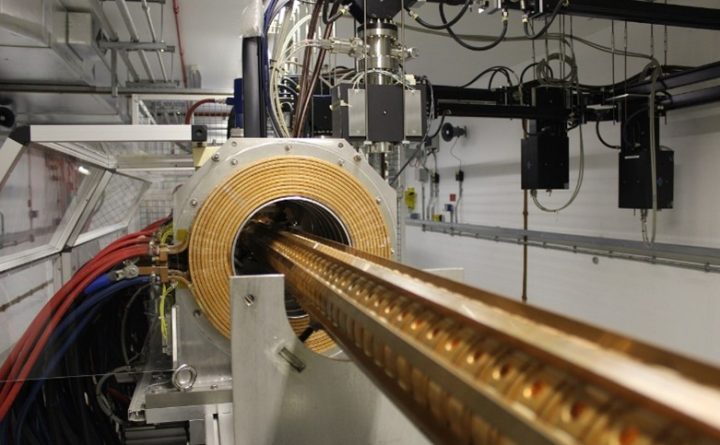As artificial intelligence (AI) becomes more prevalent in cancer care, oncologists are encountering new ethical dilemmas. Currently, AI is mainly utilized as a diagnostic aid, helping to detect tumor cells in pathology slides and identify tumors in X-rays and other radiological images. However, emerging AI models that can evaluate a patient’s prognosis and potentially suggest..
Category: www.radparts.com - page 4
Technology has made remarkable strides in cancer treatment, offering new hope and improved outcomes for patients worldwide. One of the most pivotal advancements in oncology is the development and use of linear accelerators (LINACs). These sophisticated machines are at the forefront of radiation therapy, providing targeted treatments to eradicate cancer cells while sparing healthy tissues…
P-Cure is pioneering a groundbreaking approach in the field of proton therapy with its latest achievement: the treatment of a young child diagnosed with ocular cancer using a novel proton therapy system. This innovative system, which has received FDA clearance and is operational at P-Cure’s Clinical Development Center in Israel, allows patients to receive treatments..
Researchers, led by The University of Texas at Austin and including international partners and TAU Systems Inc., have made a significant breakthrough in compact accelerator technology by developing a particle accelerator that is under 20 meters long and generates an electron beam with 10 billion electron volts (10 GeV) of energy. This advancement drastically reduces..
A groundbreaking study by the IAEA has found that a new radiotherapy technique for head and neck cancer could significantly shorten treatment times, especially beneficial for low- and middle-income countries (LMICs). This research, the largest of its kind, involved 12 centers across ten LMICs, including Argentina, Brazil, Cuba, India, Indonesia, Pakistan, Philippines, South Africa, Thailand,..




